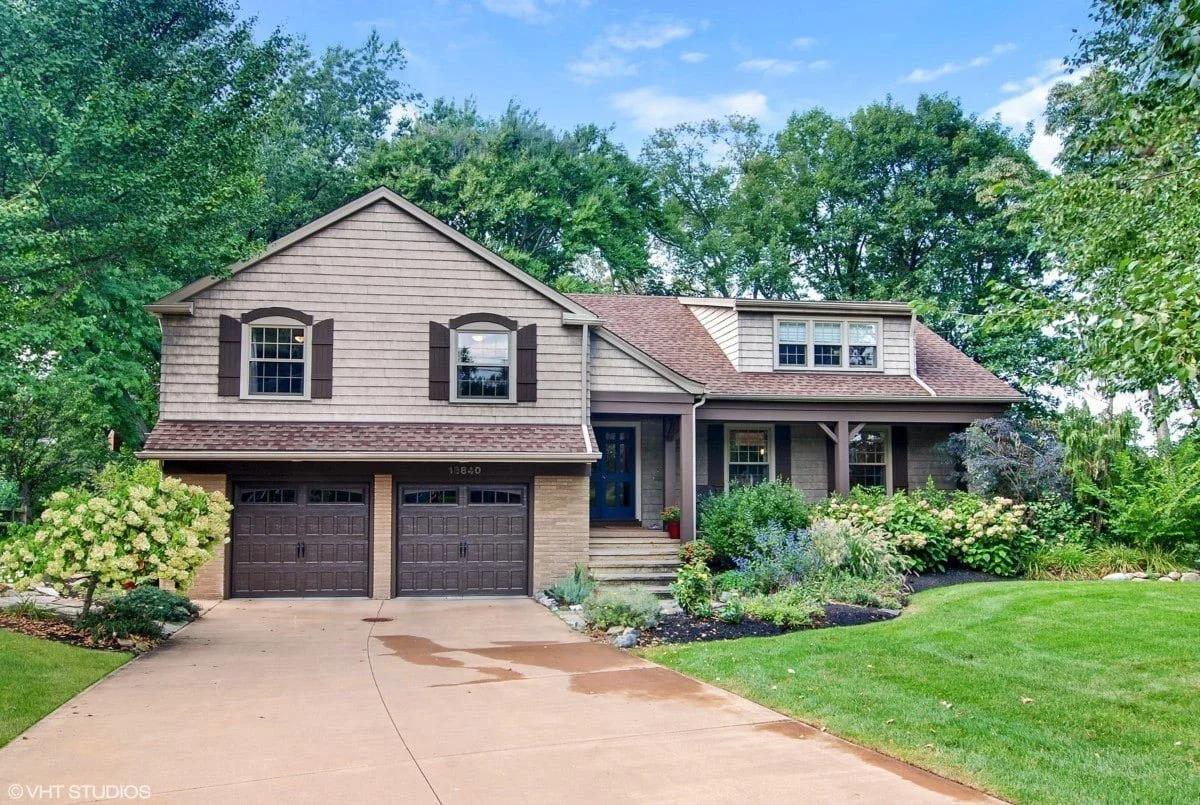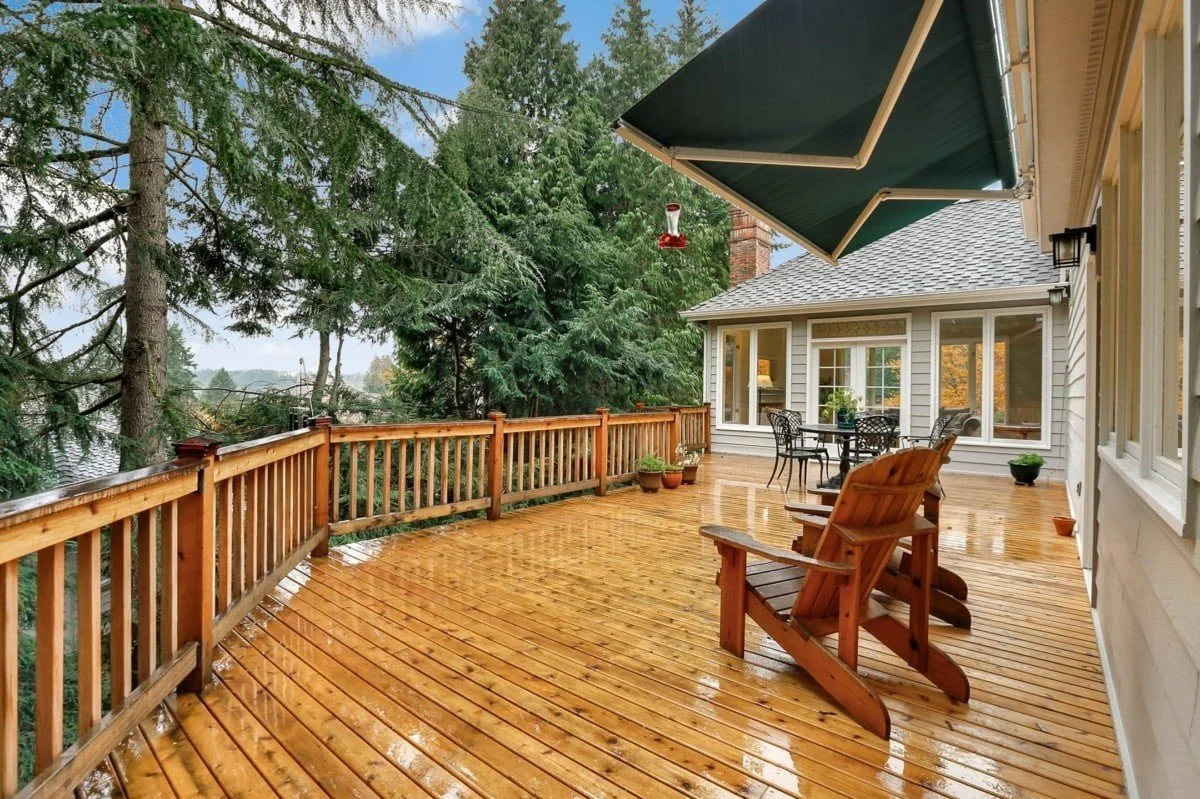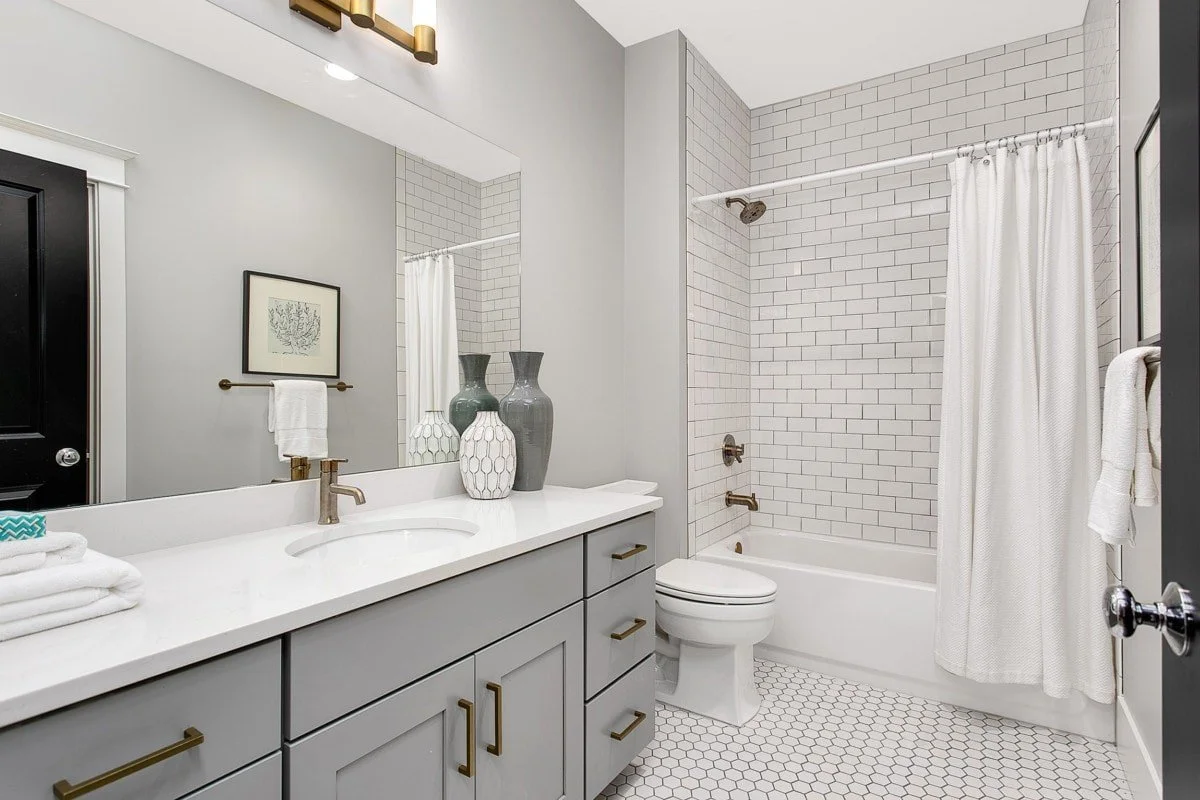DIY Home Projects: Common Mistakes and How To Avoid Them
The internet is great for many things. We can stay in touch with relatives living in Atlanta or Sacramento, online shop from almost anywhere, or find ideas and inspiration for all kinds of home projects. DIY home projects can be enticing – saving money and adding value to your home so you can be competitive in the US housing market – why wouldn’t you go for it? The answer seems obvious. But, many of the DIY videos and tutorials available fail to warn you about things that could go wrong. We’ve asked experts to share the most common DIY home project mistakes they’ve seen and what to do to avoid them.
Not confirming with a professional before you begin
One DIY home project mistake many people make is saying to themselves, “I saw this design online and it looks easy enough that I could try it.” Always consult a professional contractor or someone in that trade before starting a project. – Lakeside Cabinets
Forgetting small steps in the process
There is a wide range of common DIY home project mistakes in the process of interior house painting. From blatant mistakes like forgetting to put down floor protection, to steps in the process that can be easily overlooked like the preparation phase. Homeowners who try to tackle their DIY painting projects forget that house painting is only 20% painting. The remaining 80% of your time is spent on preparation and clean-up. So before taking on any of the projects on your to-do list, make sure you complete all aspects of surface preparation and site protection before dipping that brush into any paint. – H.D.F Painting
Forgetting to research the plant you want to buy
Plant tags can lie. Research the new plant that’s calling out to you and look for size and growth information from sources in your region. A plant that’s dwarf for me could be an invasive mess five hours south. – Revolutionary Gardens
Power washing your deck incorrectly
Failing to power wash decks properly is a common mistake. Dirt can get caked on a deck over time, and you may not notice how dirty it really is. The stain will not adhere properly on the dirty surface and will peel very quickly. – Two Day Painting
Choosing hardware that can rust
Be extremely careful when choosing your hardware for a DIY project. Spend a little more money and be sure to use a metal like stainless steel that will not rust. Many screws used for decking are coated and when the coating wears off, rust may leech onto your beautiful deck boards or railings and can permanently stain them. Additionally, also be careful to research the metals for fire pit inserts or furniture you chose for your new patio. – Parker Homescapes
Buying plants because they look nice at the nursery
It is a common DIY home project for homeowners to choose a plant without doing their homework to learn how big would this plant be or if it will stay green year-round. An eager homeowner may plant a tree that in the future will block the view from a big window or its roots will damage the house. – Tucson Professional Landscaping
Focusing Too Much on the Main Features
To ensure the success of your remodel, don’t forget to consider how the smaller details fit into the bigger picture. This includes planning everything down to the kitchen toe kicks, wall filler, and crown molding around cabinets. Nelson Cabinetry has got you covered down to every last detail of your new cabinets. – Nelson Cabinetry
Failing to account for humidity to avoid gaps in your floor
The number one mistake homeowners make when installing wood flooring is the failure to account for humidity. The gaps you see in the winter are because your wood is growing and shrinking depending on the humidity levels. A foolproof solution to this vexing problem is to check the moisture content of your wood flooring with a moisture meter. It’s also important to let the wood acclimate to the living conditions in your house for at least five days prior to installation. Another option to consider is engineered flooring, as engineered floors are more dimensionally stable and less susceptible to fluctuations in humidity. – Wide Plank Flooring
Not educating yourself on requirements
Be sure to take into consideration your location and environment when planning deck spacing. If you have many trees around your home, you may want to space your decking a little farther apart so debris does not build up on your deck. Make sure to check all of your structure framing and hardware for rust or rot. Educate yourself about building codes for railings. Is railing required? What about the height or baluster spacing? The last DIY home project mistake you want to have to do is have to redo everything because you weren’t up to speed on the requirements. – Rose Construction
Replacing a toilet without taking the necessary steps
Replacing an old toilet doesn’t seem like an overly complex task, but ignoring or misjudging one of the steps can result in big headaches down the road. A common DIY home project mistake is not checking the height of the toilet flange, using the wrong wax ring, not replacing an old toilet supply valve, not tightening the supply line properly, missing caulk/silicone around the vase, and installing a simple toilet duvet accessory. – Sparkle Restoration
Failing to install an irrigation system for your garden
Since we have more time on our hands, most of us have discovered the garden. To ensure the success of your DIY home project and your garden plants, make sure to have your garden irrigated by drip irrigation and then cover the drip tubes with three inches of mulch. This will ensure your garden will get the moisture and biodiversity it needs. – Enviroscape
Removing mold yourself
Mold removal isn’t a do-it-yourself job and it takes a licensed professional to correctly find the source of your mold damage and identify its type. Leave removal and repair to the licensed professionals who have all the right equipment, like HEPA air scrubbers, foggers, and commercial-grade dehumidifiers to avoid this DIY home project mistake. – Restoration ResQ
Planting too many shrubs and flowers
Don’t plant flowers or blooming shrubs everywhere if your yard is bigger than a few square feet. Try to keep the eyes focused on just one or three plants. You can overstimulate the brain when your eyes have too many objects to focus on. – Artistic Garden
Source: Redfin Blog




